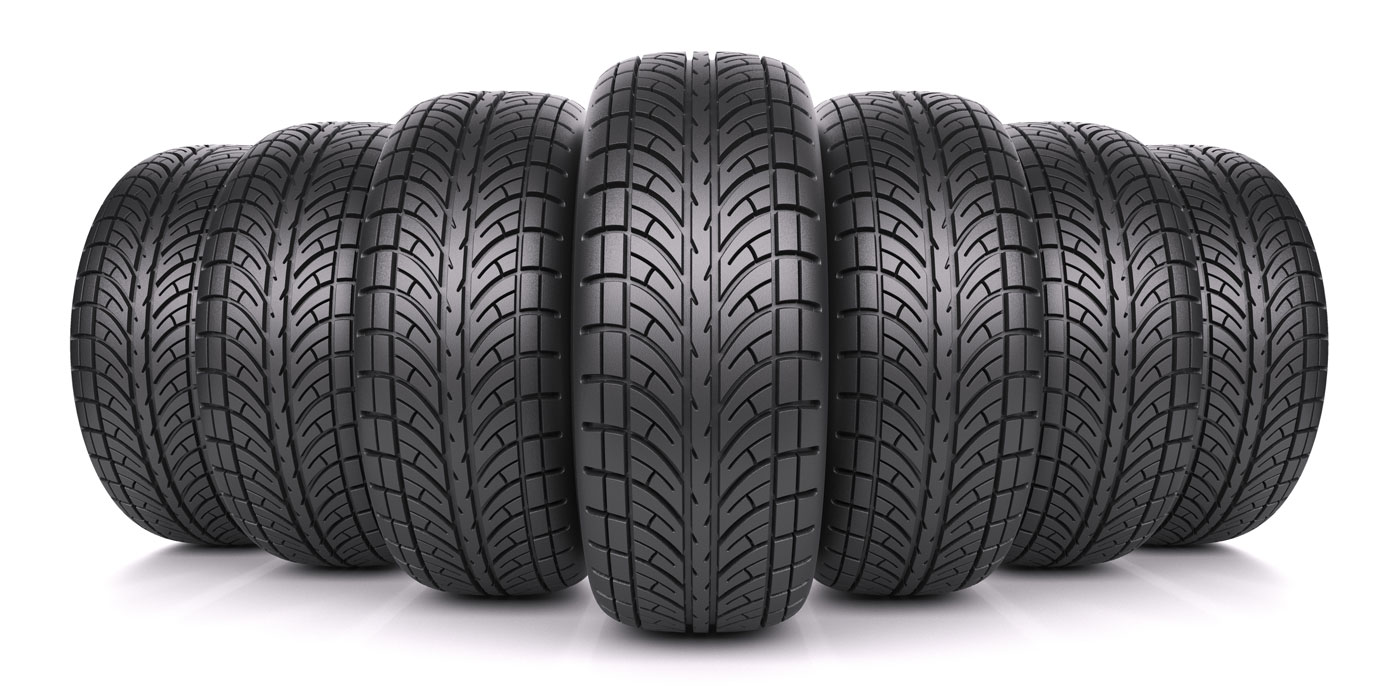05/12/2022
Top Maintenance Advice for Your Car in Time for the Holidays
Going on the road while on vacation is almost required. Who, after all, wants to relax in their living room when they can take a road trip? Unfortunately, starting on the road requires more effort than simply turning on the ignition. If you don't take care of your automobile, it can abandon you when you least expect it.
While there are some maintenance tasks for your Japanese cars that you can take care of before departing, there is no way to forecast or prevent every problem that can arise while driving across the countryside.
Following the maintenance advice provided below, you can avoid spending two tedious weeks in a boring town while your car is being fixed and instead have a delightful vacation.
1- Motor fluid

One of the simplest things on our list is to check your engine oil. Check when it was last modified first. By all means, do so if you are due or almost due. At the very least, verify the level if not. There are exceptions to the general rule that it's preferable to use the oil that the manufacturer recommends. Synthetic engine oil is preferable for you if you're driving in sweltering heat or if you'll be towing a boat or trailer. Fully synthetic oils offer better heat protection.
2- Fluids in the differential and gearbox
Have you replaced the fluid and filter in the gearbox of your Japanese cars? The correct change intervals should be found in your owner's handbook; however, if your gearbox shifts harshly, you should get the repair done before going on vacation. Examine the grease spots as you crawl around underneath your car. They should be filed at least once a year but are frequently ignored.
3- Hoses, belts, motor coolant, and batteries

Start by opening the bonnet of second-hand cars. Examine every one of the hoses first. They readily deteriorate because they are frequently exposed to temperatures close to boiling. If the heat doesn't kill them, dry rot may. Check for bulges or cracks. The areas where the hoses attach to the engine and radiator are the weakest points. Inspect the heating lines as well, as they extend from the thermostat to the firewall. Consider bringing extra hoses with you if you're going on a long journey, traveling to an area with few settlements, or traveling in hot weather.
Most contemporary automobiles use a single belt that powers every component. The exception is a few more recent Toyota Prius models, which lack any form of the belt behind the hood. Aside from that, check for fraying or fractures. Change your belt before leaving if there are any. You probably lose your belt if you hear a loud scream as you accelerate. Open the bonnet, then tighten the belt. Tighten the belt if it moves more than a few millimeters when two fingers are pressed between two pulleys.
Engine coolant in more recent vehicles is built to last at least 100,000 miles. Ensure the coolant reservoir is filled if your automobile is under four years old. Test the coolant if you depend on an older vehicle to be sure it can still withstand high temperatures.
Check out the batteries while you are beneath the hood. Ensure all connections are secure and the terminals are free from corrosion. Test the electrolytes if the battery is not maintenance-free. Check the output voltage to see whether it is sealed.
4-Tires

There are two things you should check for with your tires. The tread and sidewalls' condition comes first. There is around 4 mm of tread depth on brand-new tires. You should get new ones if yours are less than 2 mm thick. Look for severe fractures or bulges when you inspect the sidewalls of your tires. Purchase new if either is present.
Inadequate tire pressure will waste fuel and shorten the life of your tires. You need to check the pressure even on brand-new tires. The owner's handbook, the door on the driver's side, or the gasoline filler door often have the proper pressure specified.
Additionally, consider where you are driving. If it's hot outside, set the tire pressure lower to allow air expansion without overfilling it. If you're traveling at a greater altitude, the reverse is true.
The takeaway
Now that the automobile is in excellent rolling condition, you must stop it. Initially, check for visible leaks before popping the reservoir. Because brake fluid is attracted to moisture, observe the fluid's color. It needs to be flushed out if it resembles maple syrup. If you tow a trailer, the brake system is considerably more important. Old fluid could get too hot due to the additional heat from the weight. A mushy pedal and a lot of excitement are brought on by overheated fluid when traveling downhill.
Do you have any additional worries about second-hand cars? Try to check out Bizupon.